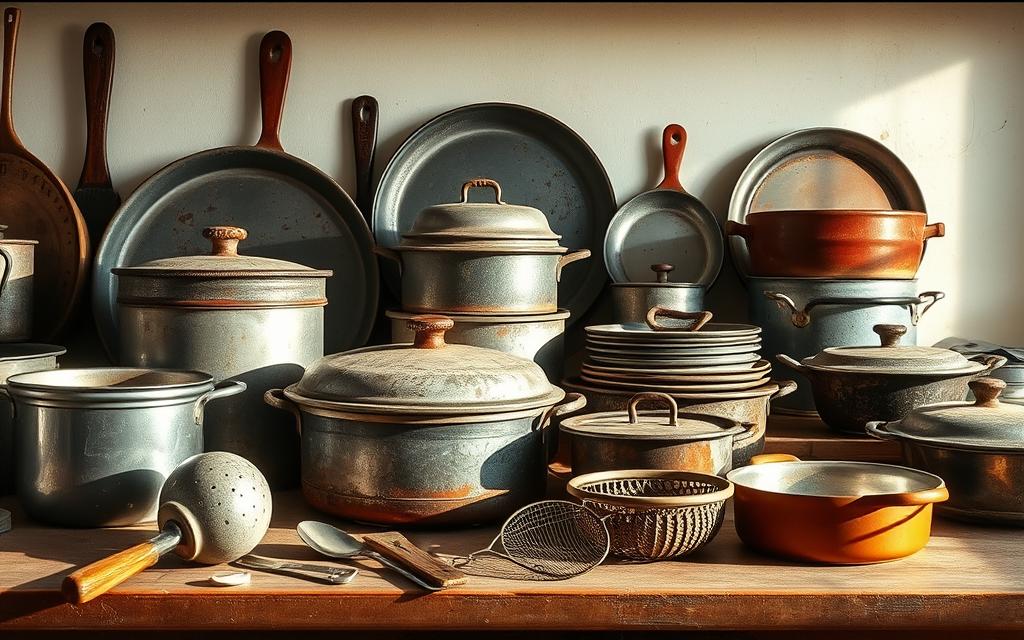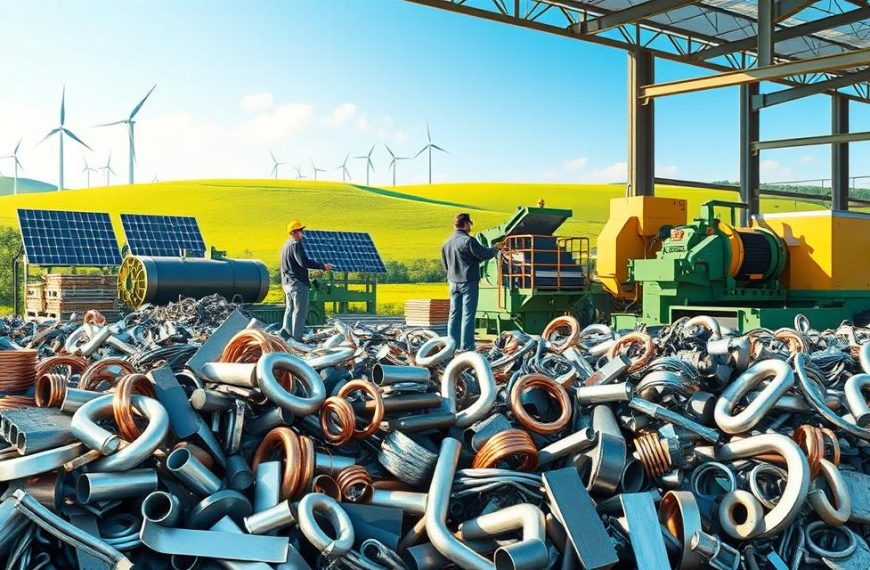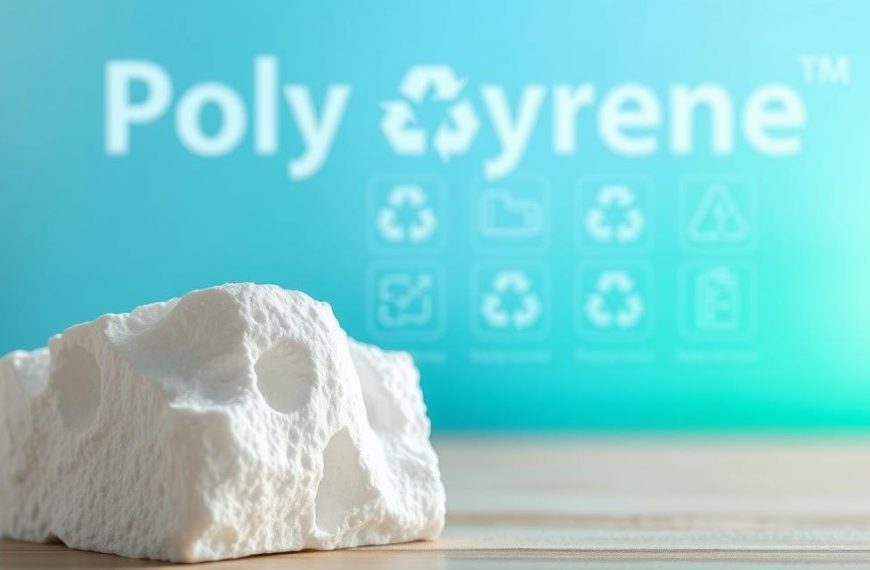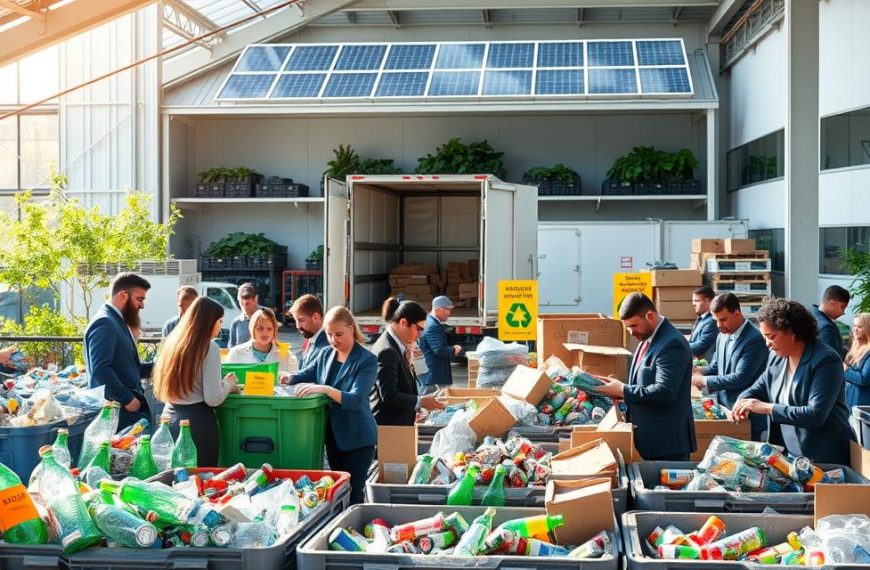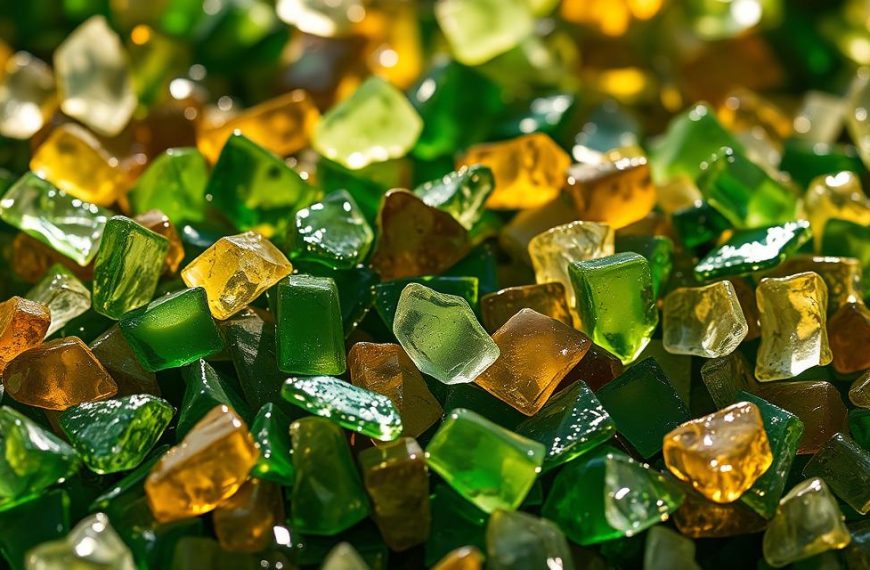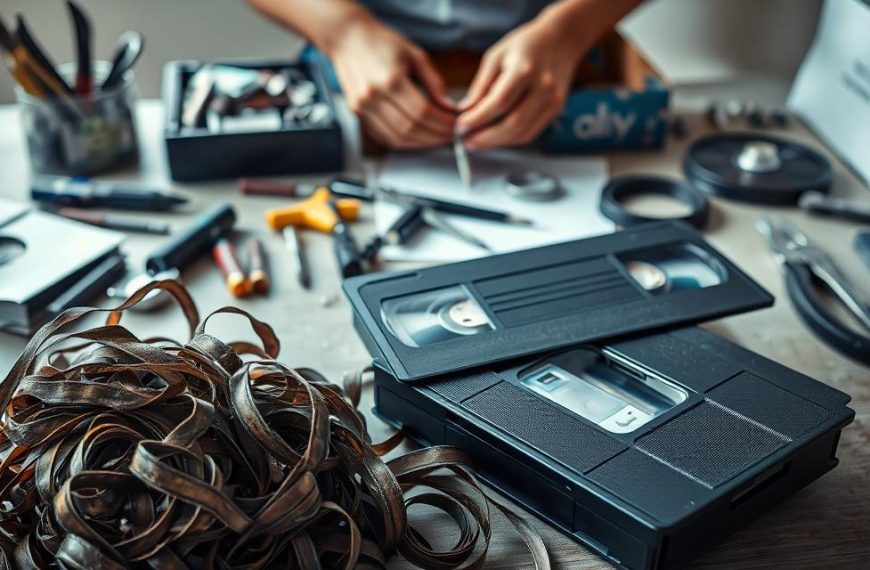Many households are embracing sustainable kitchen practices to reduce waste. One common question is what to do with old cookware that’s no longer in use. Whether it’s due to upgrades, surface erosion, or merging households, disposing of these items responsibly is essential.
High-quality pots and pans can last a lifetime with proper care. However, nonstick pans often need replacement every five years. Improper disposal of these items can harm the environment, making it crucial to explore better options.
This article will cover ways to identify materials, challenges in recycling, and creative reuse ideas. Understanding these aspects helps make informed decisions for a greener kitchen.
Introduction: Why Recycle Old Cookware?
Managing kitchen waste responsibly starts with understanding the impact of old cookware. Upgrades, damaged surfaces, and household mergers often leave behind unused items. Proper disposal ensures these materials don’t end up in landfills, harming the environment.
In the U.S., over 72 million tons of metal waste are recycled annually. This reduces the need for raw materials and lowers manufacturing costs. Reusing or recycling kitchen items also minimizes the environmental footprint of non-biodegradable materials.
Using degraded cookware poses safety risks. Exposed copper cores or warped bases can lead to uneven heating and potential hazards. Proper disposal ensures safety while promoting sustainability.
Reusing old pots and pans saves money compared to manufacturing new ones. It also aligns with legal requirements in some municipalities, where improper scrap metal disposal can result in fines.
| Key Points | Details |
|---|---|
| Environmental Impact | Non-biodegradable materials harm ecosystems. |
| Safety Risks | Degraded cookware can cause uneven heating. |
| Cost Savings | Reuse reduces manufacturing expenses. |
| Legal Implications | Improper disposal may lead to fines. |
Understanding these factors helps make informed decisions for a greener home. Responsible disposal of old kitchen items benefits both the environment and personal safety.
Can You Reuse Old Pots and Pans?
Finding new ways to repurpose old kitchen items can lead to creative and sustainable solutions. Instead of discarding unused pots pans, consider giving them a second life. Reusing these items not only reduces waste but also saves money and resources.
Options for Reusing Cookware
Before reusing old pots pans, check for intact handles and flat bases. These features ensure safety and functionality. Damaged items can still be repurposed creatively. For example, turn them into herb planters, bird baths, or workshop organizers.
Upcycling projects are a great way to add personality to your home. Old pans can become unique garden decorations or storage solutions. This approach keeps materials out of landfills and adds value to your space.
Where to Donate or Sell Used Cookware
If reuse isn’t an option, consider donating or selling your items. Platforms like Freecycle, Craigslist, and Facebook Marketplace make it easy to find new owners. Organizations like Goodwill and the Salvation Army also accept kitchenware donations.
Before donating, clean items thoroughly and document any defects. This ensures transparency and helps recipients make informed decisions. Donated items may also qualify for tax deductions, so keep receipts and records.
Specialty kitchen resellers often accept high-quality items. These platforms cater to buyers looking for durable and affordable kitchenware. Selling or donating extends the lifecycle of your items and supports sustainability.
How to Recycle Old Cookware: A Step-by-Step Guide
Understanding material types is key to responsible disposal. Properly identifying recyclable components ensures that old pots and pans don’t end up in landfills. This guide outlines the steps to recycle effectively, from material identification to finding the right facilities.
Identifying Recyclable Materials
Start by determining the type of metal in your cookware. Use a magnet to test for ferrous and nonferrous metals. Ferrous metals, like cast iron, are magnetic, while nonferrous metals, such as aluminum and stainless steel, are not. This distinction is crucial because recycling centers often process them differently.
Aluminum has a higher scrap metal value at $0.60 per pound compared to stainless steel at $0.30 per pound. Knowing this can help prioritize which items to recycle first. Always check for coatings or nonstick layers, as these may require special handling.
Finding a Recycling Center
Locate a nearby recycling center using tools like the Earth911 directory or EPA-certified facility locators. These resources provide details on accepted materials and drop-off procedures. Some centers may also offer pickup services for larger quantities of scrap metal.
State-specific regulations, such as California’s DTSC guidelines, may apply. Always verify local rules to ensure compliance. Specialty programs like Terracycle also accept certain types of nonstick cookware, offering an alternative to traditional recycling methods.
Special Considerations for Nonstick Cookware
Nonstick cookware often contains Teflon, which requires careful handling. Industrial solvents are used to remove these coatings before recycling. If this process isn’t feasible, consider donating or repurposing the items instead.
Proper disposal of nonstick cookware prevents harmful chemicals from entering the environment. Always check with your local recycling center for specific instructions on handling these materials.
What to Do with Non-Metal Cookware?
Handling non-metal kitchen items requires special attention to ensure eco-friendly disposal. Materials like ceramic, glass, and plastic demand unique approaches to avoid ending up in the trash or bin. Understanding these methods helps reduce environmental impact.
Recycling Ceramic and Glass Cookware
Ceramic and glass items, such as Pyrex, often face limitations in curbside recycling programs. Pyrex has a lower glass transition temperature (564°F) compared to bottle glass (1,000°F+), making it unsuitable for standard recycling processes. Nationwide, only 23% of municipal programs accept these materials.
Specialty recyclers like Vitro Minerals offer solutions for Corelle and other glass cookware. Broken ceramics can also be repurposed into mosaic art or garden decorations, giving them a second life.
Disposing of Plastic Utensils
Plastic utensils require careful identification of their resin type. HDPE (high-density polyethylene) and LDPE (low-density polyethylene) are common materials, each with distinct recycling requirements. Dishwasher damage can further complicate disposal, as it weakens the plastic structure.
Specialty recyclers and local programs often accept these items. Repurposing plastic utensils into DIY projects, such as plant markers or craft materials, is another sustainable option.
| Material | Disposal Method |
|---|---|
| Ceramic | Specialty recyclers or repurposing |
| Glass | Check municipal guidelines or use Vitro Minerals |
| Plastic | Identify resin type and use specialty recyclers |
By adopting these methods, non-metal cookware can be disposed of responsibly, contributing to a greener planet.
Conclusion: Making Responsible Choices for Old Cookware
Sustainable choices in the kitchen extend beyond daily habits to how we handle old items. Recycled aluminum uses 95% less energy than producing new materials, making it an eco-friendly option. Emerging technologies, like plasma arc recycling, offer innovative solutions for mixed materials.
Manufacturer take-back programs, such as those by All-Clad and GreenPan, simplify the process of disposing of old items responsibly. Additionally, 2023 EPA initiatives aim to improve recycling infrastructure, making it easier to manage kitchen waste.
When replacing old items, consider a durable set of stainless steel or aluminum options. These materials are 100% recyclable and reduce environmental impact. For more insights, explore sustainable cookware solutions.
By making informed decisions, households can contribute to a greener planet while maintaining a functional kitchen. Small steps today lead to significant environmental benefits tomorrow.
